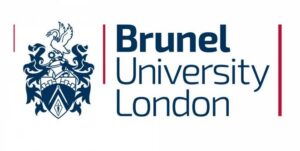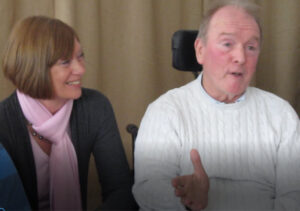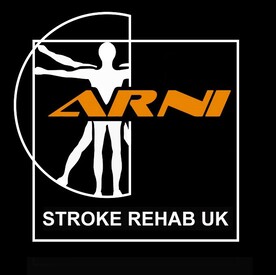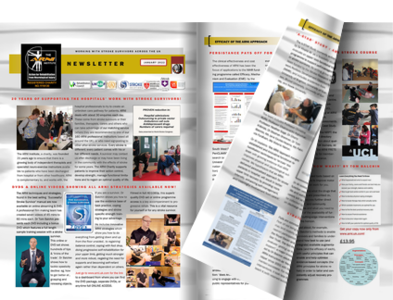 With the emergence of the COVID-19 pandemic and the subsequent mandatory lockdowns that followed, performing rehab exercises prescribed by physiotherapists, at home without help (save some telerehab options) was and still continues to be the most usual mode of rehab available for some stroke survivors.
With the emergence of the COVID-19 pandemic and the subsequent mandatory lockdowns that followed, performing rehab exercises prescribed by physiotherapists, at home without help (save some telerehab options) was and still continues to be the most usual mode of rehab available for some stroke survivors.
Evidence suggests, however, that non-adherence represents a significant challenge for many when it comes to exercising at home. Even when exercises are delivered by a physiotherapist in a face to face setting, research shows that approximately 50% of patients are not adherent.
Unsurprisingly, non-adherence becomes significantly more prevalent when rehabilitation is administered at home without any physiotherapist supervision.
There are many factors that contribute to non-adherence such as self-image, attitude towards health and exercise, depression, anxiety and most importantly self-efficacy.
 In simple terms, self-efficacy can be described as the beliefs an individual has towards their ability to successfully perform a task or achieve a certain outcome, in this case completing home exercise.
In simple terms, self-efficacy can be described as the beliefs an individual has towards their ability to successfully perform a task or achieve a certain outcome, in this case completing home exercise.
In theory, if a person has low levels of self-efficacy relating to a particular task, they would not only have an aversion to that task but the effort applied would be of a less intense and less persistent quality when they are forced to engage.
Although there are many ways in which a physiotherapist can help improve self-efficacy in patients that are not confident in themselves to perform exercise at home, self-efficacy for home exercise is not routinely appraised in stroke survivors.
This is because no tool has been developed thus far to reliably and accurately measure self-efficacy towards home exercise in the stroke population.

Brunel University London is aiming to determine if an adapted version of the Self-Efficacy Home Exercise Program Scale (SEHEPS) can reliably and accurately measure self-efficacy for home exercise in the outpatient stroke population.
This is a pilot study to test the validity of the SEHEPS on the outpatient stroke population.

I’ve personally been helping with this, as I think it’s a facet that’s rather missing from ‘what’s available’ after stroke to help people at home.
What’s your view? Let’s see what we can do to help the Brunel Team get this right for us stroke survivors – thanks everyone for your support, in advance!
If you think you fit the (current) participant criteria below – ie, you:
- are aged 18 or above
- have been diagnosed with a stroke
- can provide consent
- understand written/spoken English sufficiently enough to complete the study
- are community-dwelling (not currently in hospital or residing in a care home)
and would be able to give a few minutes of your time to improving after-stroke rehab considerations by helping to test the validity of the scale, to ensure it reflects your own needs/considerations/ideas, do please email the Team today…
Dr. Cherry Kilbride, Dr. Elmar Kal, and Gary Sahota on 1909128@brunel.ac.uk
Thank you




2 Comments
I had an SAH, would I be suitable for this research study? If so, can you let me know please?
Thanks so much
I feel I meet the criteria rtequired. What now?